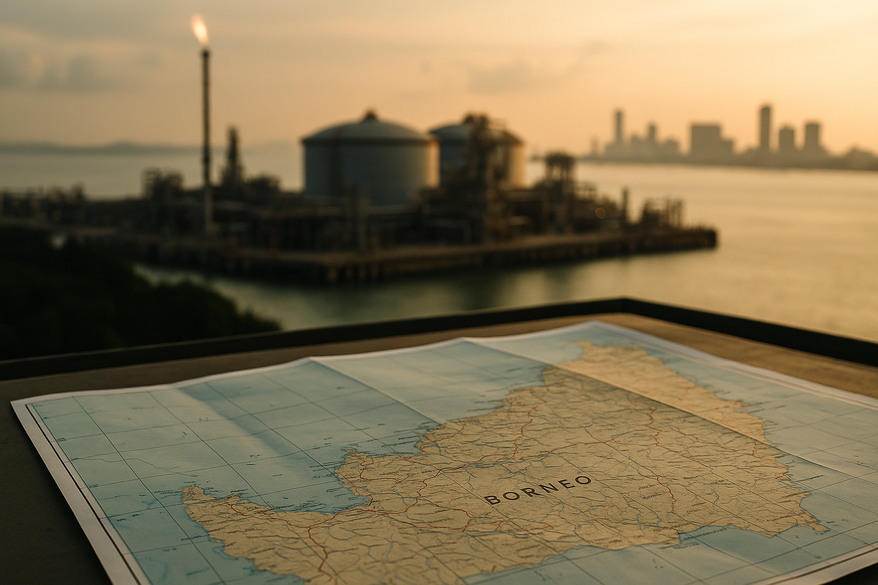Understanding Petronas–PETROS Gas Supply Rights: PDF and Map Resources
As a supplier and fabricator to Malaysia’s oil and gas sector, Teknologam tracks evolving allocations and technical materials that affect downstream projects. Clear, authoritative documentation matters for bidding, fabrication planning, and pipeline integration. This article summarizes where to find public documents, what those materials reveal, and how industry suppliers should respond.
Key takeaways:
- The core change: clearer state-level arrangements for Sarawak gas supply have produced formal documentation for stakeholders.
- Technical insight: maps and PDFs outline geographic blocks, pipeline corridors, and contractual supply points relevant to engineering and logistics.
- Outcome: suppliers should align material, fabrication, and scheduling plans to the latest maps and gas-supply PDFs to avoid scope misalignment.
Background: why the documents matter
Sarawak’s role in Malaysia’s gas economy has increased in both strategic and commercial importance. Government agencies and operators publish official documents to define supply rights, allocations, and operational corridors. These materials guide commercial negotiations and engineering scopes for field developments, onshore processing, and pipeline tie-ins. Contractors and manufacturers rely on accurate maps and signed PDFs to size equipment, plan interfaces, and manage risk.
Key stakeholder documents include operator agreements, gazettements, and pipeline routing notices. Industry parties should always confirm the document version and effective date before committing to procurement or construction milestones.
Where to find the PDF and map files
Official sources provide the most reliable files. Start with:
- PETROS (Petroleum Sarawak) official site for state-level releases, gazettes, and any GIS/map downloads.
- PETRONAS — Gas and New Energy for operator notices, corporate filings, and technical guidance relevant to supply arrangements.
Search phrases such as “petronas petros sarawak gas supply rights pdf” and “petronas petros sarawak gas supply rights map” help locate the exact files on government or operator portals. Always download the signed PDF agreements and the most recent GIS- compatible map layers where provided.
We recommend saving both the PDF agreements and the original GIS or high-resolution map files for engineering review and record-keeping.
What the PDF and map typically show
These documents pair contractual language with spatial data. Typical contents include:
- Defined supply points and delivery pressures.
- Geographic boundaries of supply rights, including onshore and offshore parcels.
- Pipeline corridors, compressor stations, and meter stations.
- Allocation formulas or priority rules for multiple customers.
Maps often come as layered files that integrate with CAD and GIS systems. The PDF text provides legal descriptions and practical conditions that affect engineering design, such as specified injection pressures, metering requirements, and connectivity points.
Implications for contractors and manufacturers
For fabricators like Teknologam, reading maps and PDFs together reduces integration risk. Accurate spatial data informs spool lengths, flange specifications, lifting and transport logistics, and site access. Contract clauses in the PDF affect lead times, inspection regimes, and acceptance testing criteria. Early access prevents rework and costly change orders during construction.
Key insight: validate spatial coordinates against your engineering models and confirm tie-in points before issuing procurement packages.
Practical next steps for project teams
- Obtain the latest petronas petros sarawak gas supply rights PDF from the official sources listed above and archive it with version metadata.
- Download the petronas petros sarawak gas supply rights map in GIS format where available; request native-layer files if possible.
- Cross-check map coordinates with your engineering models, survey control, and site surveys.
- Review contractual clauses that affect equipment acceptance, testing, and operational handover; note any commercial milestones tied to supply rights.
- Communicate discrepancies or ambiguities to the client and to the pipeline operator early — document all queries and resolutions.
Final thoughts
Transparent, authoritative PDFs and maps reduce risk across bidding, design, and fabrication stages. Teknologam encourages partners to standardize checks on these files during project kick-off. When teams coordinate around the same official map and contract PDF, they limit surprises and deliver safer, on-time projects.
